Komotini boasts stunning landscapes, a true Greek atmosphere and a glimpse into the city’s rich history. Walking through the city’s streets, tourists can admire the blend of Ottoman, Byzantine, and neoclassical buildings, each steeped in history. The central square boasts the beautiful neoclassical Town Hall.
History buffs will certainly want to visit the Archaeological Museum, which displays a rich collection of artifacts from prehistoric times to the Byzantine period.
Breathtaking landscapes surround Komotini. The nearby Dadia Forest is a protected area where you can spot the black vulture. Komotini comes alive at night, with bars and clubs offering a variety of experiences, from traditional Greek music to international hits. You can also relax with a glass of wine in a quiet bar; there’s something for everyone here.
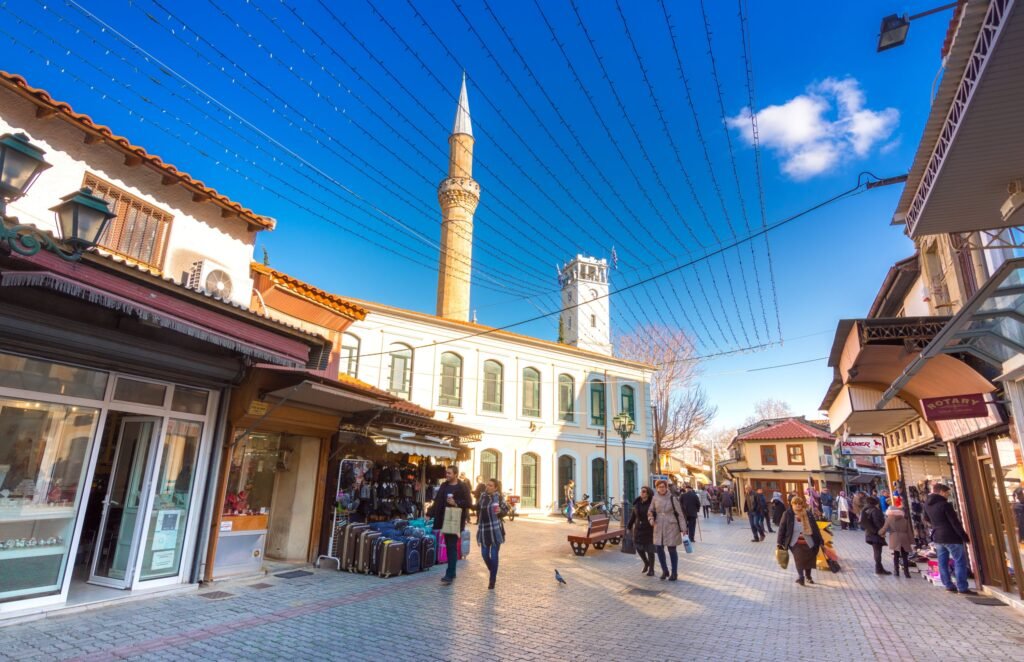
Location
Komotini is located in northeastern Greece in the region of East Macedonia and Thrace. It is also close to the borders with Turkey and Bulgaria.
Sword Monument
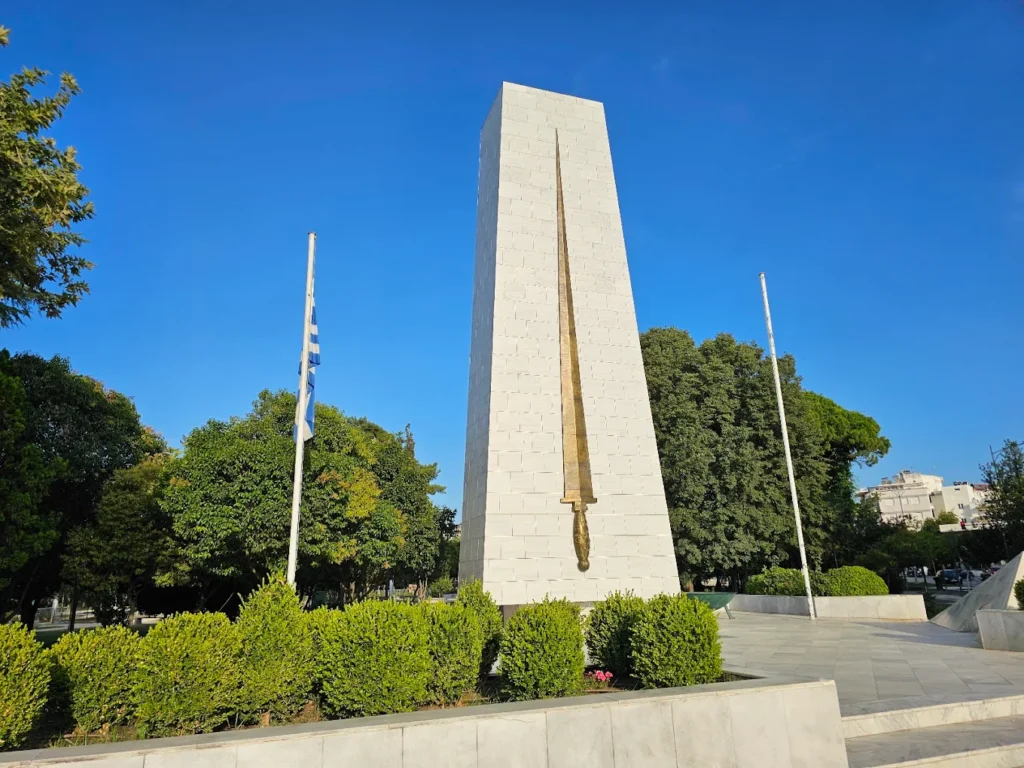
The Sword Monument is located near the city forest and features clusters of large stone swords, vertically embedded in the ground. It is a city monument and the site of celebrations commemorating the city’s liberation. Every Sunday, a ceremony to consecrate the Greek flag takes place there, during which no one moves until it is completed.
Komotini Clock Tower
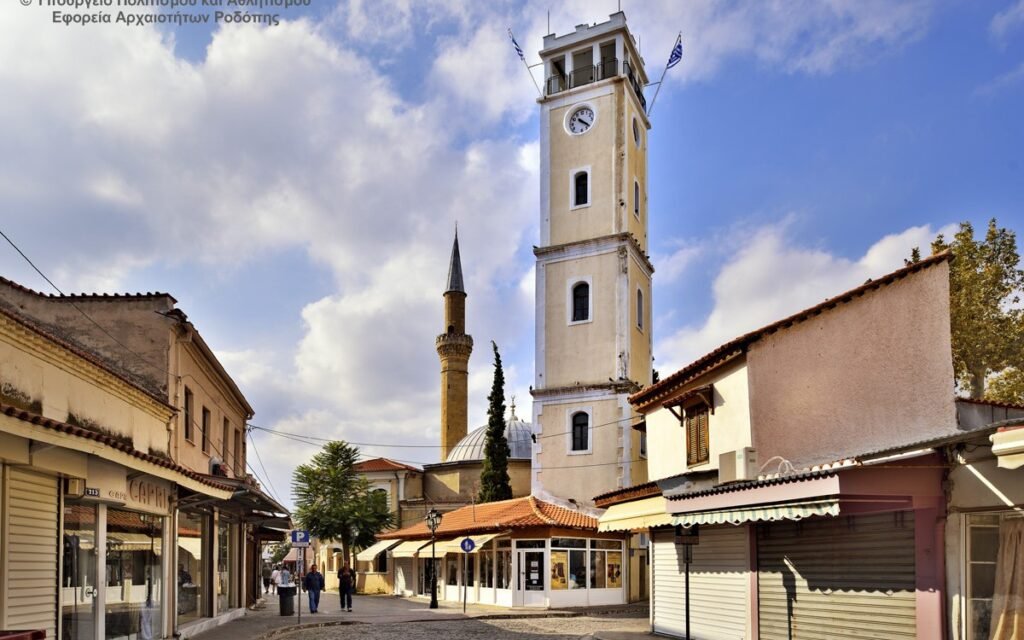
The Komotini Clock Tower is located in the city center, next to the Yeni Mosque (Yeni Tzami in Greek). The tower was built in 1884, during the reign of Sultan Abdul Hamid. It is a landmark for both locals and tourists. The beautiful tower is illuminated in the evenings, and during the day there is much to see around it, from the square in front of it to the old bazaar. If you have the opportunity to enter the clock tower, you can take some beautiful photos, as it is located on a picturesque, tree-lined path. Nearby are cafes and restaurants.
Imaret
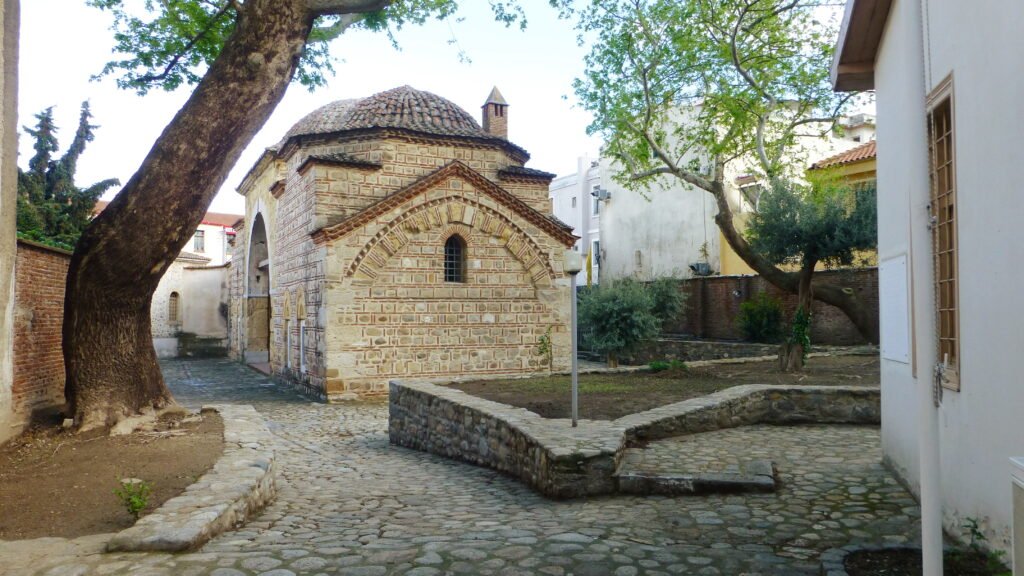
The Imaret in Komotini, one of the oldest Ottoman monuments in Thrace, dates from 1360-1380. In 1996, it was transferred to serve as a church museum. The building was constructed using the Byzantine brick technique. Built by the Ottoman commander Gazi Ahmed Evrenos, it incorporated elements of an earlier Byzantine church. The museum displays a collection of icons, sacred vessels, vestments, and manuscripts from local churches in the Rhodope region.
Yeni Mosque
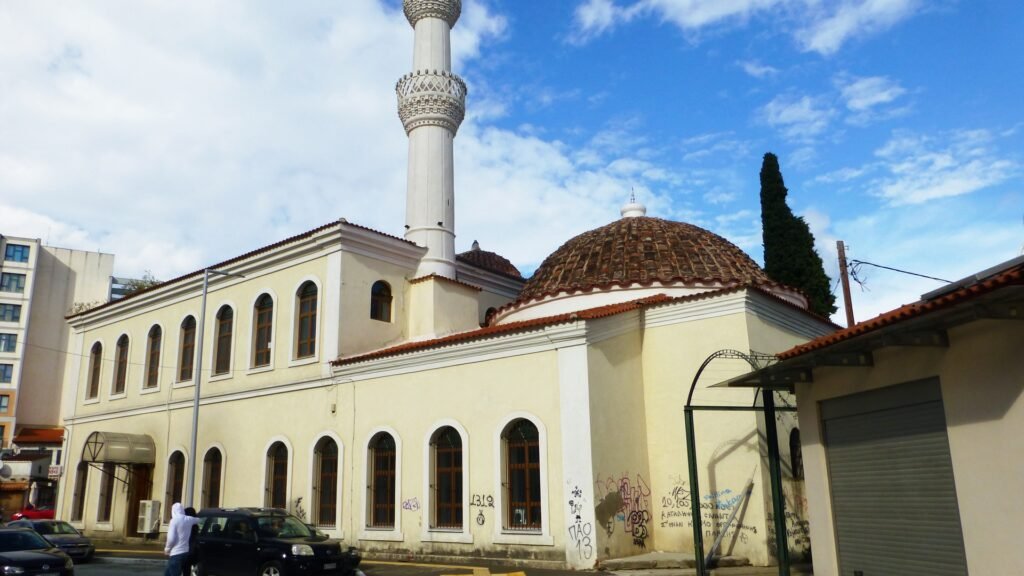
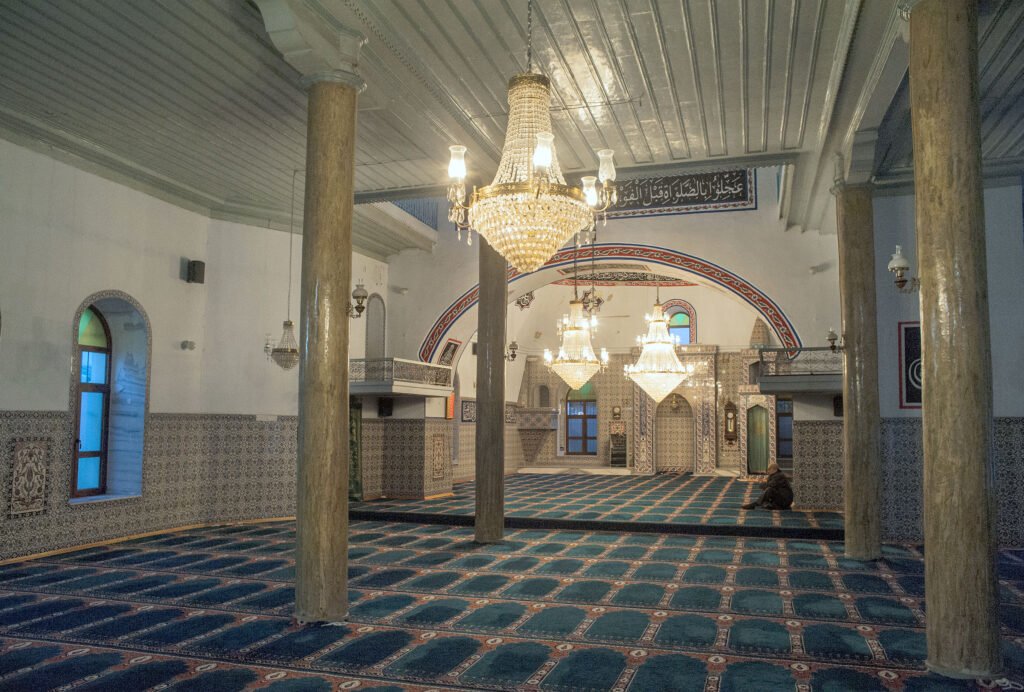
The Yeni Mosque is an Ottoman mosque dating back to 1585. It is the only surviving building in Greece containing Iznik tiles from the 1580s, representing the pinnacle of Iznik pottery art. It has a tomb covered with red tiles, and a minaret with two balconies.
Although the rest of the historical public fountain on the right side of the mosque is still existing, instead of preserving it in its original state by restoring, a complete new one was constructed.
Archaeological Museum of Komotini
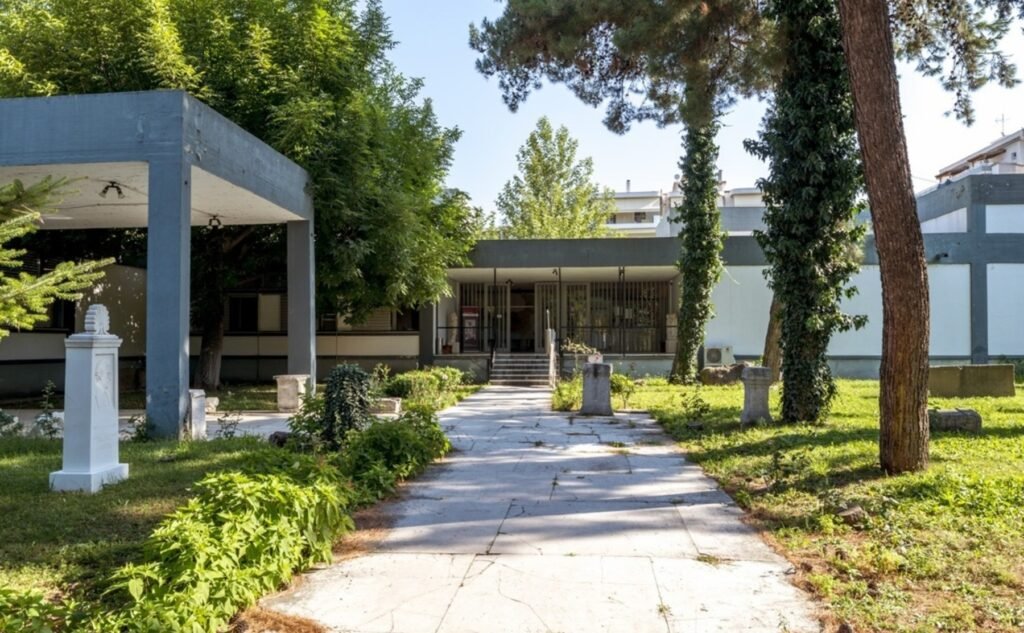
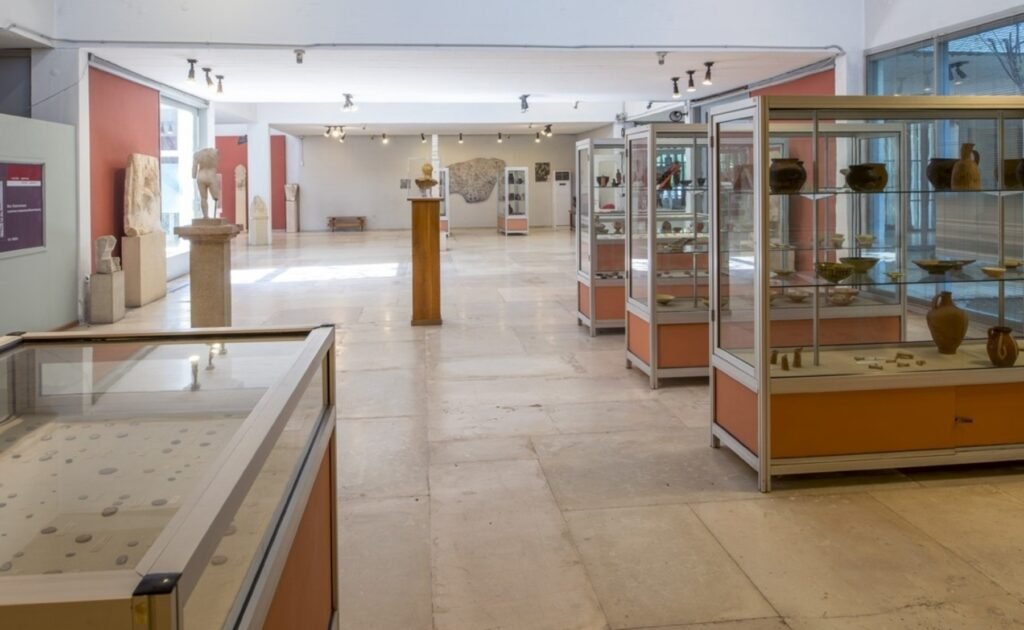
Archaeological Museum is a testament to the city’s rich history. The exhibits date from the Neolithic and Byzantine periods, from excavations at Thracian archaeological sites, and contain a wealth of information on the prehistory and records of Aegean Thrace and Komotini. The museum also offers renowned exhibitions of folk art, agriculture, and basketry. The collection also includes information forums with records of Thracia. Visitors are also provided with a detailed map showing the area of archaeological sites in Thrace and Macedonia. A clay figurine from Abdera, dating to the early 200s BCE, is also on display, and a gilded bust of Septimius Severus, dating from 193–211 CE, is considered the most beautiful in the collection.
Castle of Komotini
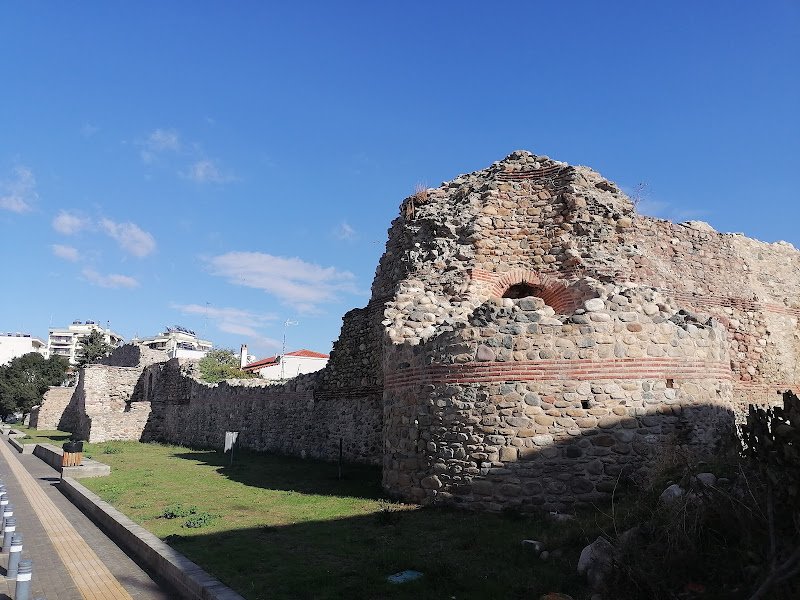
The castle is the largest and oldest monument in the city. It was built around the 4th century AD. The city of Komotini was fortified by Emperor Theodosius I (379-395 AD), and the wall remained intact until 1363. During the invasion, the Turks destroyed part of the castle and built mosques from its stones. The Bulgarians continued the destruction, demolishing the towers and a significant portion of the remaining wall in 1910. Today, it is a neglected monument, a reminder of the city’s glorious past.
Mosynopolis
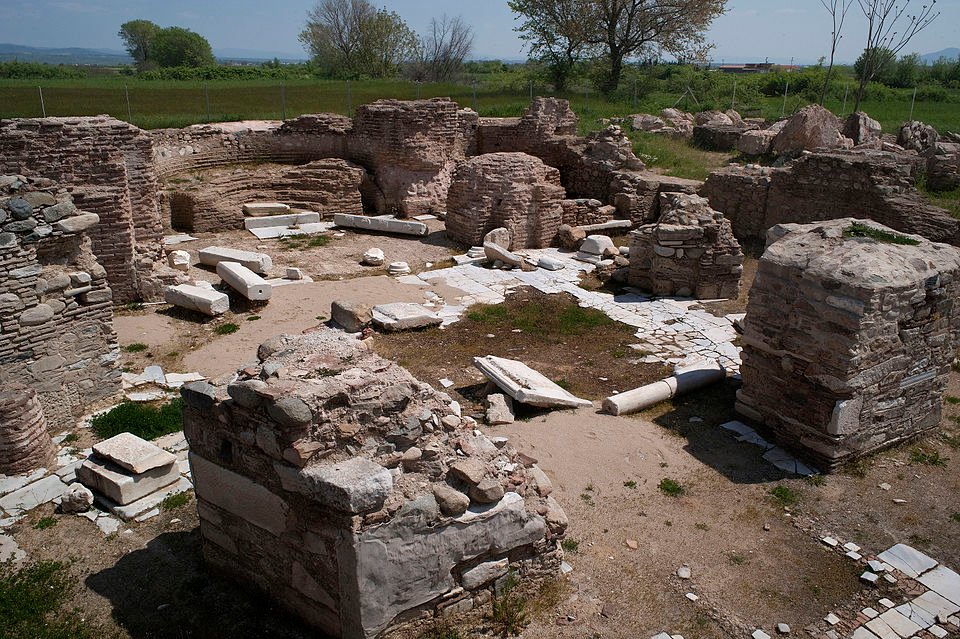
Mosynopolis, known in late antiquity as Maximianoupolis, was a Byzantine city in Thrace, located on the Via Egnatia, near the modern-day Greek city of Komotini. At the archaeological site in Mosynopolis, discoveries included a 5th-6th century funerary inscription, as well as a metrical inscription from an 11th-century marble architrave, indicating that the church was founded by a certain Constantine. At the excavation site in Yfantes, approximately 2 km east of Mosynopolis, three inscribed marble slabs and architectural sculptures belonging to an early Christian basilica were discovered. The finds from the excavations are currently housed at the Archaeological Museum of Komotini.
Saint Gregory the Illuminator Church
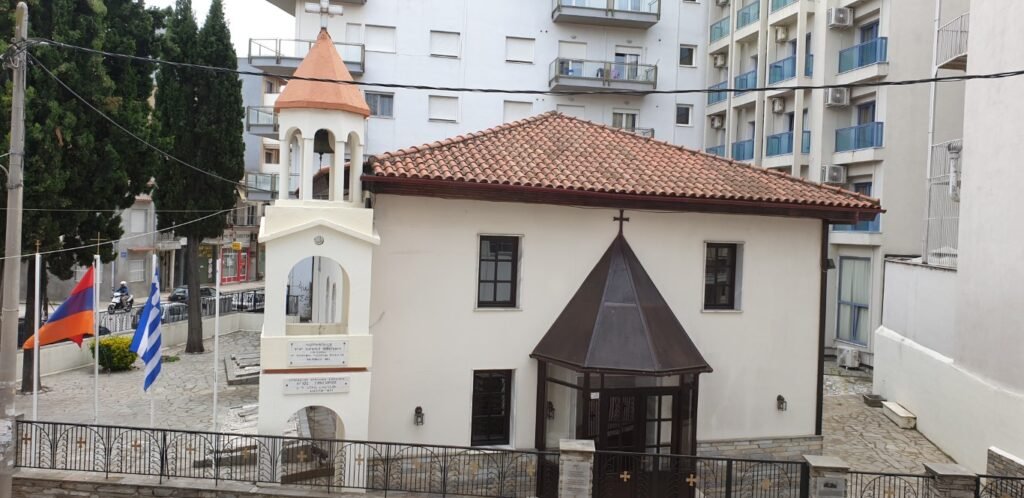
The temple was built on a plot of the Armenian community of Komotini and today the surviving inscription is preserved, showing the year of construction and the amount used for the construction of the temple. The church is dedicated to St. James and was administered administratively in the Archdiocese of Adrianople.
